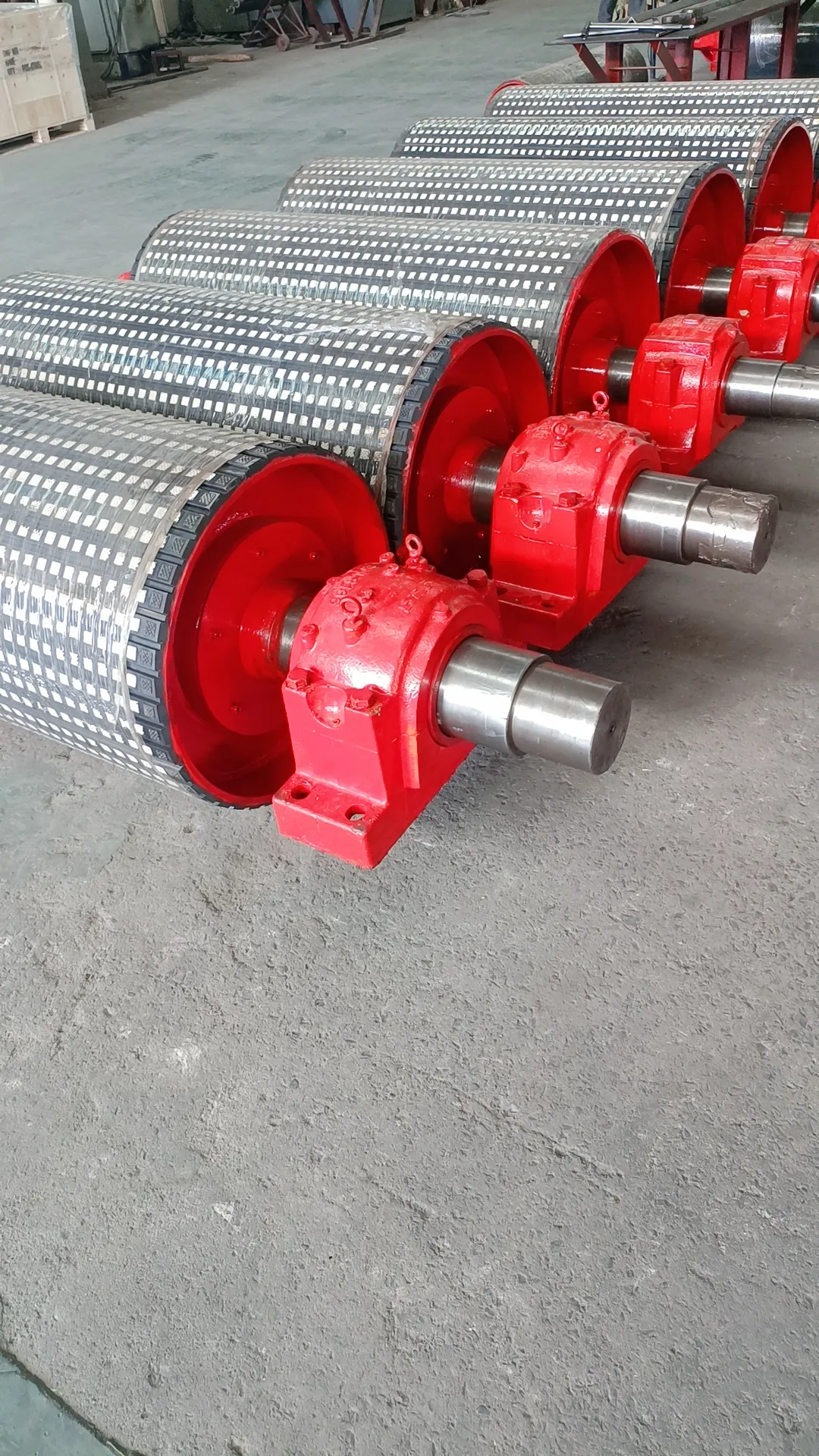 Afrikaans
Afrikaans  Albanian
Albanian  Amharic
Amharic  Arabic
Arabic  Armenian
Armenian  Azerbaijani
Azerbaijani  Basque
Basque  Belarusian
Belarusian  Bengali
Bengali  Bosnian
Bosnian  Bulgarian
Bulgarian  Catalan
Catalan  Cebuano
Cebuano  Corsican
Corsican  Croatian
Croatian  Czech
Czech  Danish
Danish  Dutch
Dutch  English
English  Esperanto
Esperanto  Estonian
Estonian  Finnish
Finnish  French
French  Frisian
Frisian  Galician
Galician  Georgian
Georgian  German
German  Greek
Greek  Gujarati
Gujarati  Haitian Creole
Haitian Creole  hausa
hausa  hawaiian
hawaiian  Hebrew
Hebrew  Hindi
Hindi  Miao
Miao  Hungarian
Hungarian  Icelandic
Icelandic  igbo
igbo  Indonesian
Indonesian  irish
irish  Italian
Italian  Japanese
Japanese  Javanese
Javanese  Kannada
Kannada  kazakh
kazakh  Khmer
Khmer  Rwandese
Rwandese  Korean
Korean  Kurdish
Kurdish  Kyrgyz
Kyrgyz  Lao
Lao  Latin
Latin  Latvian
Latvian  Lithuanian
Lithuanian  Luxembourgish
Luxembourgish  Macedonian
Macedonian  Malgashi
Malgashi  Malay
Malay  Malayalam
Malayalam  Maltese
Maltese  Maori
Maori  Marathi
Marathi  Mongolian
Mongolian  Myanmar
Myanmar  Nepali
Nepali  Norwegian
Norwegian  Norwegian
Norwegian  Occitan
Occitan  Pashto
Pashto  Persian
Persian  Polish
Polish  Portuguese
Portuguese  Punjabi
Punjabi  Romanian
Romanian  Russian
Russian  Samoan
Samoan  Scottish Gaelic
Scottish Gaelic  Serbian
Serbian  Sesotho
Sesotho  Shona
Shona  Sindhi
Sindhi  Sinhala
Sinhala  Slovak
Slovak  Slovenian
Slovenian  Somali
Somali  Spanish
Spanish  Sundanese
Sundanese  Swahili
Swahili  Swedish
Swedish  Tagalog
Tagalog  Tajik
Tajik  Tamil
Tamil  Tatar
Tatar  Telugu
Telugu  Thai
Thai  Turkish
Turkish  Turkmen
Turkmen  Ukrainian
Ukrainian  Urdu
Urdu  Uighur
Uighur  Uzbek
Uzbek  Vietnamese
Vietnamese  Welsh
Welsh  Bantu
Bantu  Yiddish
Yiddish  Yoruba
Yoruba  Zulu
Zulu head and tail pulley
Understanding Head and Tail Pulleys Essential Components of Conveyor Systems
The efficiency and effectiveness of material handling systems are critical in various industries, including mining, manufacturing, and logistics. Among the essential components that contribute to the smooth operation of conveyor systems are head and tail pulleys. These pulleys play a significant role in the transportation of materials over distances, ensuring that goods can be moved quickly and safely from one point to another.
What Are Head and Tail Pulleys?
In a conveyor system, the head pulley is located at the discharge end where the material exits the conveyor. It serves as the driving pulley, usually powered by a motor that rotates it. As the motor turns the head pulley, it moves the conveyor belt attached to it, facilitating the transportation of materials away from the feed point. The head pulley is crucial not only for movement but also for controlling the tension of the belt, ensuring that it operates efficiently without slipping or misalignment.
On the other hand, the tail pulley is positioned at the loading end of the conveyor system. It is usually non-powered and supports the return segment of the belt. The tail pulley plays a vital role in maintaining the belt's tension and facilitating its return journey. The proper alignment and functioning of the tail pulley are essential to prevent belt sagging or misalignment, which can lead to significant operational issues.
Functions and Importance
The head and tail pulleys are fundamental to the overall functioning of a conveyor system. One of their primary functions is to provide support and guidance for the belt as it moves. They help maintain the correct tension in the belt, which is vital for preventing excessive wear and tear. Proper tension also ensures that the belt operates smoothly, enhancing the system’s overall efficiency.
head and tail pulley

Another critical function of these pulleys is their role in controlling the direction of the conveyor belt. The head pulley facilitates the discharge of materials in a specific direction, while the tail pulley ensures the belt returns to its initial position for continuous operation. This directional control is vital in multi-directional applications where materials need to be routed to different destinations.
Maintenance and Best Practices
To ensure the longevity and reliability of head and tail pulleys, regular maintenance practices should be implemented. This includes routine inspections for wear and damage, checking alignment, and ensuring that all components are securely fastened. Lubrication of bearings is also essential to reduce friction and prevent overheating, which could lead to premature failure.
Additionally, it is crucial to monitor the conveyor system's operational environment. Factors such as dust, moisture, and temperature can significantly impact the performance of head and tail pulleys. Keeping the area clean and implementing protective measures can help maintain optimal functioning.
Conclusion
In conclusion, head and tail pulleys are indispensable components of conveyor systems that contribute significantly to material handling efficiency. Their ability to control belt tension, direct material flow, and support the overall functionality of the conveyor underscores their importance in various industrial applications. By understanding their role and investing in regular maintenance, businesses can enhance the reliability and performance of their material handling systems, ultimately leading to improved productivity and reduced operational costs.
-
Revolutionizing Conveyor Reliability with Advanced Rubber Lagging PulleysNewsJul.22,2025
-
Powering Precision and Durability with Expert Manufacturers of Conveyor ComponentsNewsJul.22,2025
-
Optimizing Conveyor Systems with Advanced Conveyor AccessoriesNewsJul.22,2025
-
Maximize Conveyor Efficiency with Quality Conveyor Idler PulleysNewsJul.22,2025
-
Future-Proof Your Conveyor System with High-Performance Polyurethane RollerNewsJul.22,2025
-
Driving Efficiency Forward with Quality Idlers and RollersNewsJul.22,2025





























